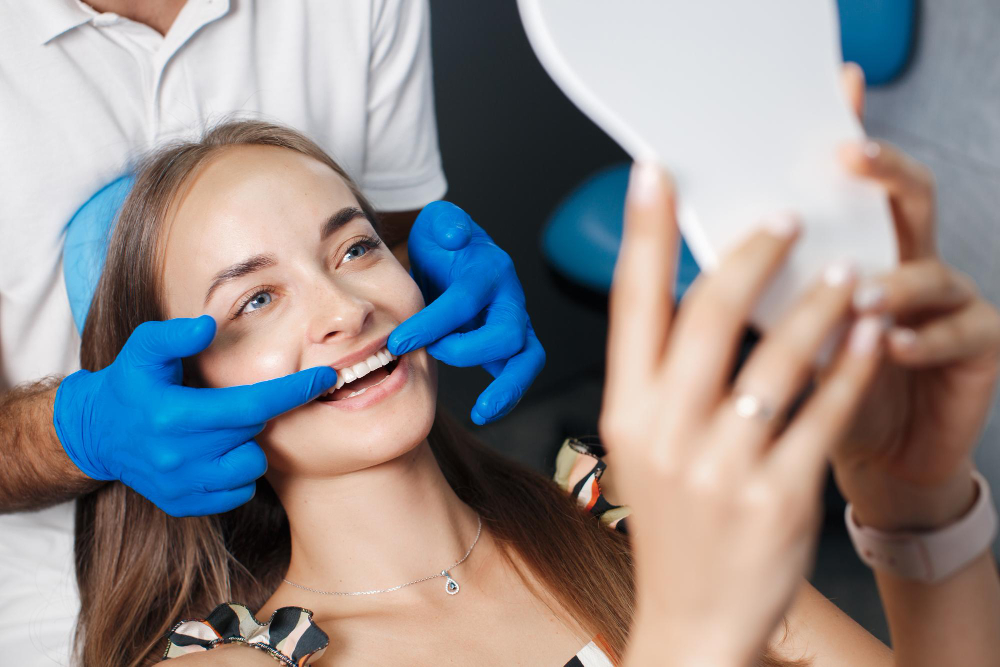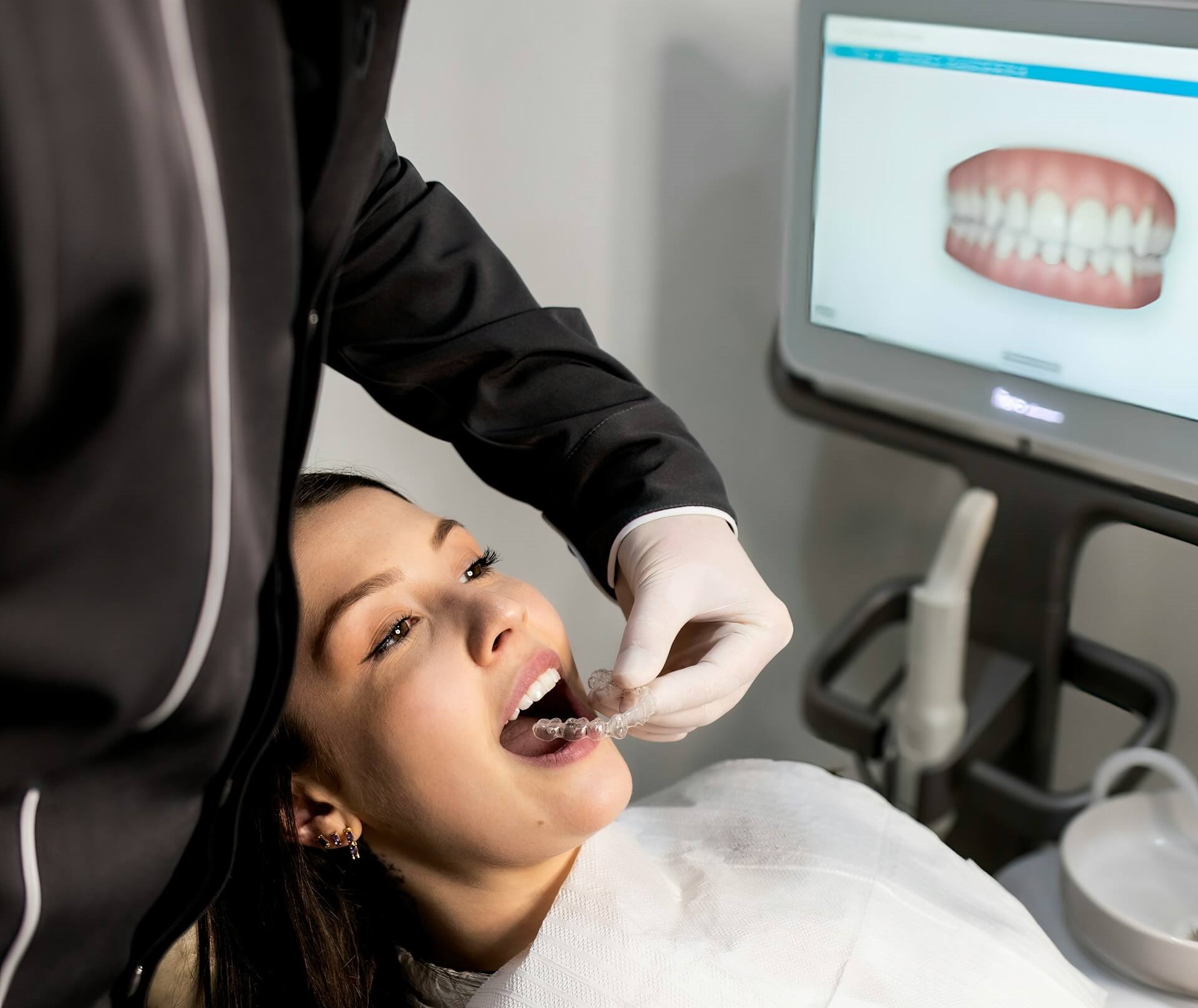From Fashion Statement to Functional Innovation
Tongue piercings have long been emblematic of self-expression, popularized by countercultural movements and embraced as symbols of individuality. Yet, they have also faced scrutiny for perceived health risks—such as infections, dental damage, or speech interference—and societal biases, particularly in professional settings where visible body modifications may be stigmatized. However, in a striking convergence of aesthetics and utility, researchers have reimagined this controversial adornment as a lifeline for individuals with severe physical disabilities. By repurposing the tongue piercing’s magnetic properties, scientists have unlocked a novel assistive technology that transcends its fashion roots, offering newfound independence to those with limited mobility.
Introduction
For individuals with severe physical disabilities, such as tetraplegia, regaining autonomy often hinges on innovative assistive technologies. Recent advancements have transformed an unlikely cultural symbol—the tongue piercing—into a powerful tool for mobility and communication. This blog post explores the development of a magnetic tongue piercing system that enables users to control wheelchairs and digital devices, highlighting its scientific foundations, practical benefits, and societal implications.
The Science Behind the Innovation
The technology leverages the tongue’s unique neuromuscular capabilities. Unlike other body parts, the tongue maintains direct neural connectivity to the brain via cranial nerves, making it resilient to spinal cord injuries. Researchers capitalized on this by embedding a magnetic stud into the tongue, which acts as a dynamic joystick. A headset with magnetic field sensors detects the stud’s movements, translating them into commands for wheelchairs or computers via a wireless smartphone interface.
Key advantages include:
- Precision and Speed: Clinical trials demonstrated that users navigated obstacle courses three times faster than with sip-and-puff systems, while maintaining accuracy.
- Intuitive Control: The tongue’s dexterity allows for complex commands, such as diagonal wheelchair movements or multi-step computer operations.
- Minimal Fatigue: Unlike breath-based systems, the tongue’s endurance supports prolonged use.
User Experiences and Clinical Insights
In studies involving tetraplegic participants, the system’s intuitive design facilitated rapid mastery. One participant, a former electrical engineer paralyzed in a diving accident, described the device as “an independence system,” emphasizing its seamless integration into daily tasks. Another participant, who sustained a spinal injury from a gunshot decades prior, highlighted the system’s discreetness compared to traditional sip-and-puff interfaces.
However, adoption barriers exist. Older users and professionals expressed reluctance due to the piercing’s visibility, while logistical challenges like transportation to study sites impacted trial retention. Despite this, 100% of tetraplegic participants preferred the tongue system over existing technologies.
Challenges and Future Directions
While promising, the technology faces hurdles:
- Aesthetic Concerns: The visible headset and piercing may deter some users. Researchers are developing a discreet dental retainer-based sensor array to address this.
- Regulatory and Financial Barriers: High costs and insurance compatibility remain obstacles. Efforts to secure funding and streamline production are ongoing.
- Functional Expansion: Future iterations aim to integrate smart home controls (e.g., lights, TVs) and refine speech interference mitigation.
Broader Implications
This innovation underscores a paradigm shift in assistive technology—transforming cultural artifacts into functional tools. By repurposing the tongue’s innate capabilities, the system bridges gaps in accessibility for those with profound motor impairments. As one researcher noted, “The tongue’s complexity rivals that of the hand, offering untapped potential for human-machine interaction.”
Conclusion
The magnetic tongue piercing system represents a convergence of biomedical engineering and user-centric design. While challenges persist, its ability to enhance independence for individuals with severe disabilities is undeniable. As research progresses toward real-world implementation, this technology exemplifies how creativity and science can redefine quality of life for marginalized populations. In the words of a trial participant, “It’s not just about mobility—it’s about reclaiming agency in a world designed for the able-bodied.”














